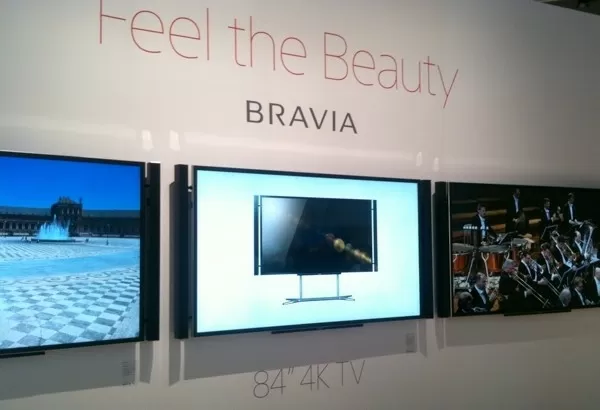With the marketing push behind 3DTVs slowly fading away, TV manufacturers are already looking at 4K technology as the next major industry development to help boost sales. With that in mind the Consumer Electronics Association took the first step towards an industry-wide marketing strategy, labeling the technology as "Ultra High-Definition", and laying out the criteria that must be met to carry the moniker.
In a nutshell, displays must have at least eight million active pixels, an aspect ratio of 16 x 9 and a resolution of at least 3840 x 2160 pixels. Ultra HD televisions and displays must also have at least one digital input capable of delivering native 4K format video at 3,840 x 2,160 without up converting it.
To put that into perspective, current HDTV displays top out at a resolution of 1,920 x 1,080.

The idea behind marketing 4K as Ultra HD is to make it more obvious to consumers what the technology means and help them "navigate the marketplace to find the TV that best meets their needs"
That said, there are only a handful of products that can handle 4K video in the market, and at the moment there isn't much content you can play on them beyond a 4K film called "TimesScapes" or outputting your PC screen. Furthermore, it'll be a while before Ultra HD TVs are available at mainstream prices, with the first 84-inch models from Sony and LG priced somewhere between $20,000 and $25,000.
It's also worth noting that while on paper Ultra HD has four times the resolution as current HD televisions, experts argue that the technology makes sense in movie theaters and digital projection, but you're unlikely to notice the difference at home unless you have a huge TV well above 80-inches.
Be that as it may Ultra HD is expected to take a prominent place at next year's CES in Las Vegas.